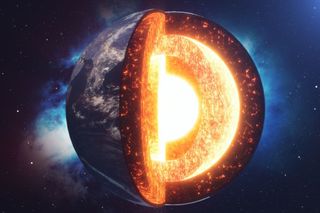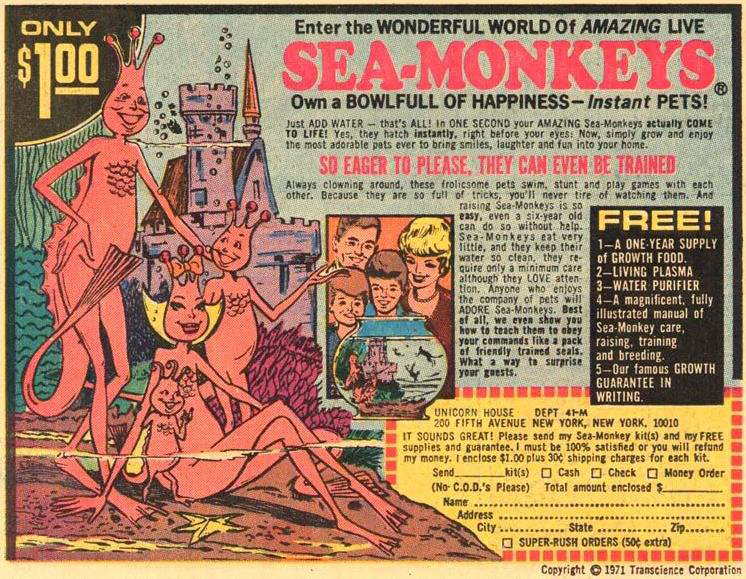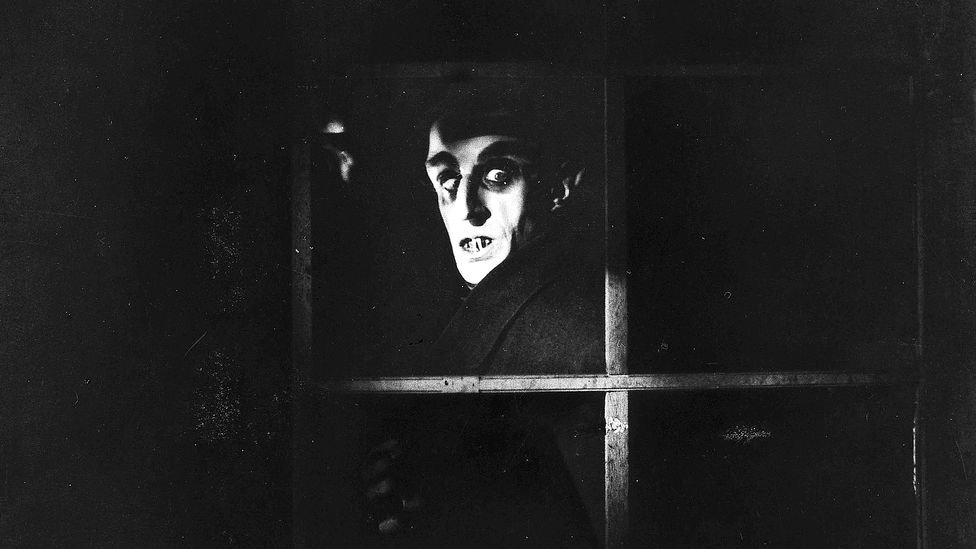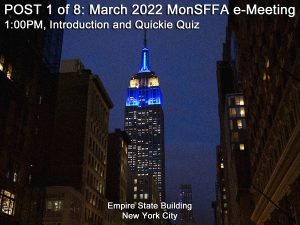 This is the first of eight related posts constituting this afternoon’s MonSFFA e-meeting.
This is the first of eight related posts constituting this afternoon’s MonSFFA e-meeting.
A couple of weeks ago, the Winnipeg Jets hosted our Montreal Canadiens and before puck-drop, the local Hoosli Ukrainian Male Chorus was welcomed to the ice and sang a stirring rendition of the Ukrainian national anthem to thunderous applause:
1) INTRODUCTION
This is our 24th virtual MonSFFA get-together—that’s a full two years of monthly online club meetings!
The afternoon’s get-together will unfold both on Zoom and right here on the club’s Web site over the course of the next few hours, beginning with this first post, and followed by subsequent posts at 1:30PM, 2:30PM, 2:45PM, 3:00PM, and 3:15PM, 4:15PM, with a final post at 4:45PM. All posts will also be available concurrently on MonSFFA’s Facebook page (www.facebook.com/MonSFFA), however, note that the interface best suited for taking in this meeting is this very Web site.
As we cannot yet, with reasonable safety for all, assemble in larger numbers indoors, this March 2022 virtual meeting has been prepared especially for you, MonSFFA’s membership. Sit back, check out each of the afternoon’s posts, scroll down leisurely through the proffered content, and enjoy!
Don’t forget to comment on what we’ve presented. Let us know what you think of specific topics or the meeting overall. Your input helps us to tailor these virtual meetings for maximum interest and enjoyment.
And, of course, you can participate, as well, on Zoom!
2) JOIN THIS AFTERNOON’S VIDEO-CHAT ON ZOOM!
To join our Zoom video-chat, which will run throughout the course of the meeting in tandem with the Web site-based content presented, simply click here and follow the prompts: This Afternoon’s MonSFFA e-Meeting on Zoom
If you’re not fully equipped to Zoom by computer, you can also join in by phone (voice only); in the Montreal area, the toll-free number to call is: 1-438-809-7799. If you’re from out of town, find your Zoom call-in number here: Call-In Numbers
Also, have this information on hand as you may be asked to enter it:
Meeting ID: 852 6845 9705
Passcode: 615915
3) MEETING AGENDA
Here’s the agenda for this afternoon’s virtual meeting: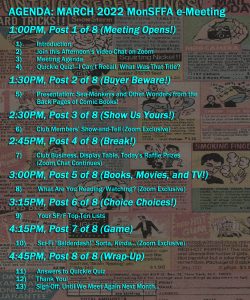
4) QUICKIE QUIZ!
We all, on occasion, have trouble remembering the title of a classic SF/F TV show or a particular episode, or that of an old sci-fi movie we haven’t seen since we were 11 years old! It’s on the tip of our tongue, but we…simply…can’t…recall…
Perhaps we’re telling a fellow SF/F fan about this really cool gem—a paragon of the genre, no less—that they absolutely must watch, one that we fondly recollect having thoroughly enjoyed as a youngster. Yet we can’t quite remember the pertinent details of the production, like its title!
We recall certain particulars, yes—a memorable alien or monster featured, a cast member or guest star, a specific scene, an unforgettable ending, details major or minor that, for whatever reason, have stuck with us all these years—but we just can’t quite put our finger on the exact title!
We stammer, we sputter, we cluck our tongues, and we finally utter something like, “It starred what’s-his-name, that guy who was in that other movie!” Or, “You know, the episode where they…” Or, “the one with the…”
Below are a baker’s dozen such paltry descriptions of an SF/F television series, episode, or of a film; can you extricate the exact title for each from the cobwebbed recesses of your mind?
Good luck, and, of course, play fair; no resorting to Google for the answers! You can ask a friend for help, however, as long as your friend’s name isn’t Siri or Alexa!
1) What was the title of that old science fiction show? You know, the one that showed an undulating line at the beginning of each episode and told you there was nothing wrong with your television set, and not to adjust the picture!
2) What was the title of that X-Files episode? You know, the one where Mulder and Scully are dancing together at a Cher concert in the closing scene.
3) What was the title of that old sci-fi flick? You know, the one where Frankenstein races against Rocky Balboa!
4) What was the title of that original-series Star Trek episode? You know, the one with the Mugato.
5) What was the title of that old creature feature? You know, the one with the giant octopus that pulls down the Golden Gate Bridge!
6) What was the title of that old Lost in Space episode? You know, the one with the giant talking carrot!
7) What was the title of that old Twilight Zone episode? You know, the one where the Penguin survives a nuclear war, finds piles of books to read in the rubble of the town library, but then accidently shatters his glasses so he can’t read any of them!
8) What was the title of that Voyage to the Bottom of the Sea episode? You know, the one where they take aboard Seaview some kind of plankton that keeps growing and growing out of control!
9) What was the title of that Star Trek: The Next Generation episode? You know, the one where the aliens speak in metaphors!
10) What was the title of that old dinosaur movie? You know, the one on an island where the guy fights a Tyrannosaurus rex with a mechanical excavator!
11) What was the title of that original-series Jonny Quest episode? You know, the one with the prehistoric Pteranodon!
12) What was the title of that Wonder Woman TV episode? You know… The show starred Lynda Carter… It was the episode that introduced Wonder Woman’s younger sister, Wonder Girl!
13) I remember this one episode of the Buck Rogers in the 25th Century TV series… There was a spaceship that looked like Montreal’s Olympic Stadium, flipped over! And Catwoman was the villain! What was the title of the thing, again?
The answers will be revealed at 4:45PM, in the final post of today’s e-meeting!

![[]](https://mcusercontent.com/0c5fce34d5ca05f64a13d085d/images/d851a006-7712-2739-16df-3db052aeb446.jpg)

